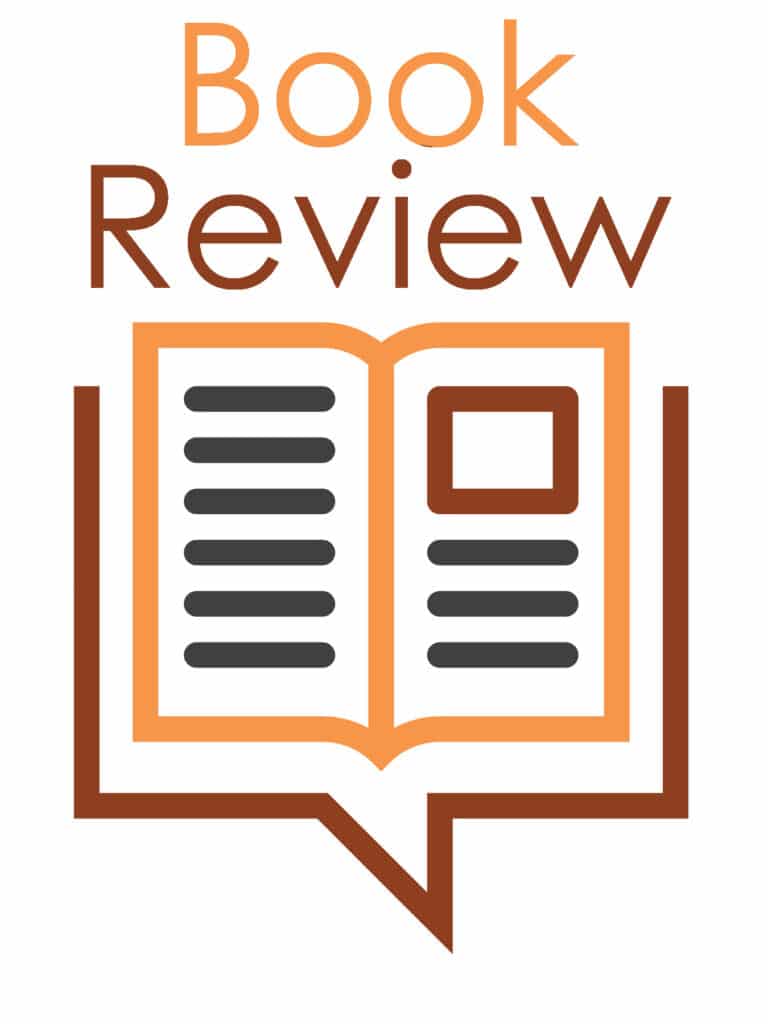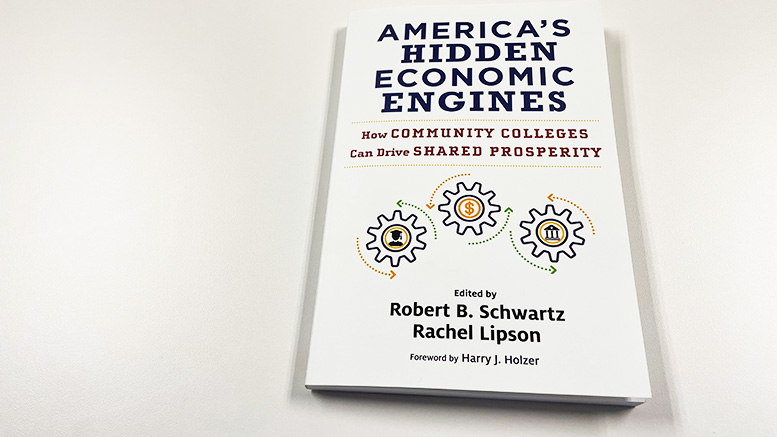Discussions on community college workforce programs often miss the connection between career pathways and local economic development strategies in their communities. America’s Hidden Economic Engines: How Community Can Drive Shared Prosperity (editors Robert B. Schwartz and Rachel Lipson, Harvard Education Press, 2023) includes five short but very empirical case studies on how some leading community colleges serve their economic development and workforce missions is a welcomed addition to this topic.

The book provides valuable evidence linking student success with employment. Schwartz and Lipson have provided practitioners and policy advocates with important lessons through a case study of good community colleges’ practices in workforce development. The book comprises five chapters devoted to each community college, with two chapters written by the authors to tease out the implications of these studies for others in the field.
The five colleges selected in this study are:
• Lorain County Community College in Ohio
• Mississippi Gulf Coast Community College
• Northern Virginia Community College
• Pima Community College in Arizona
• San Jacinto College in Texas
There is little to quarrel about in their choice of institutions to examine. For years, those of us who focus on workforce issues have turned to these institutions for insights into good workforce development practices. Each chapter has valuable and relevant nuggets of their work that practitioners could learn from and adapt for use at their institutions. For example, the chapter on Pima Community College might be particularly interesting to first-time presidents or those starting at a new institution because it outlines how a new leader (in this case, Lee Lambert) initiated cultural change. Pima became a significant player in the workforce and economic development issues relatively quickly.
Common elements
In their discussion of the case studies, the editors quickly point out that there is no cookie-cutter approach to success in the workforce. While the strategies and tactics employed by the college fit their specific local context, some important themes woven within each institution account for much of their success.
First, what leadership does matters. Before becoming president, these leaders were significant advocates for internal workforce development within their institutions. However, as presidents, they understood the need to play a leadership role within their communities. They often took this on directly, not delegating the leadership role to others at the institution. Top leadership participation signals businesses and community leaders that the college is taking their needs seriously and leads to positive interactions between the local companies and the college.
Second, the colleges focused on the needs of the dominant private sectors in their communities. It was ship construction in Mississippi, energy and petrochemicals in Texas, information technology in North Virginia, healthcare in Arizona and metal manufacturing in Ohio. These colleges became local “experts” in the needs of these sectors. They researched their needs, met regularly with the local leadership of these sectors, and often hired staff from these sectors. They were also willing to alter their internal college activities to meet the needs of these sectors. They took seriously the long-term needs of the sector, not just one company — which made them respond to their needs more effectively.
Third, they did not just isolate their workforce and economic development activities as a siloed operation within their colleges. Rather, they made it an overriding mission within all aspects of the institution. Career pathways and student success are framed as occupational strategy. The often-merged credit and non-credit together. They infused equity concerns with their programs. These institutions simultaneously participated in reforming community college practice in many areas. They used a workforce perspective to guide the entire institution.
Finally, while the chapters correctly focus on how the colleges responded to the needs of their local communities, all continued to focus on the success of their students. They became, in a sense, validators and champions of their students and the skills they acquired at their institutions. Again, they were willing to stake their reputation on their ability to provide the necessary skills for the local community. The lesson is that focusing on workforce issues does not diminish student success goals. Instead, it enhances the ability of the institution to focus on what students think is necessary. As a result, these institutions are recognized for more than their workforce activities. All have played significant roles in the American Association of Community Colleges, Achieving the Dream, the Aspen Prize and other national community college activities.
Other things to consider
While there is much to learn from the descriptions of the college activities, it might have been helpful for the editors to further discuss in policy and practical terms how the workforce efforts of community colleges can be utilized to transform economic development in their communities. How does an institution examine its community and decide where it can play the most effective and efficient role for the students and as a collaborator for others in economic development efforts? How should decisions be made on budget allocations, program elimination and staff hiring consistently with institutional goals of working with specific sectors? The case study chapters discuss how the colleges initiate new activities, but there are too few examples of what colleges stopped doing due to their focus.
Second, how do the colleges take on equity as a challenge in their communities? How have they influenced the companies they serve to alter their human resource policies that will benefit their students? Some institutions are classified as Hispanic-serving — how do their workforce and economic development activities reflect this role?
Finally, most of the perspective taken by the authors assumes a “transactional approach” to economic and workforce development activities. By that, I mean if the colleges respond to the needs of the sectors, a student will get hired. This approach assumes the college only responds to the private sector, but shouldn’t the interaction work both ways? What can businesses learn from the colleges? Good community workforce and economic development issues are collaborating efforts where both sides learn from each other.
The collaboration might include work-based learning activities pursued by companies, with the colleges playing the mentor role. How can advice from the college influence company hiring practices and the determination of wages? These are all complex and difficult-to-discuss questions, but colleges should not be timid to raise them with their close private sector collaborators for the good of their students, the companies and the community. The transactional approach needs to give way to a more student center workforce and economic development strategy. There are hints in these chapters of an alternative approach, and it would have been helpful if the summary chapter discussed a different alternative. Still, this is valuable work for all who take these institutions’ workforce and economic development missions seriously.





